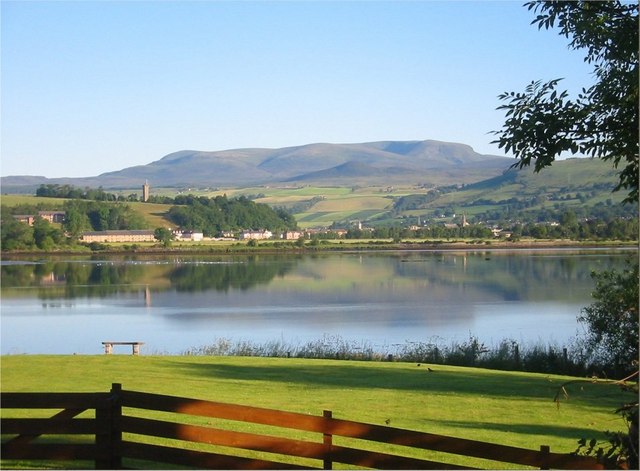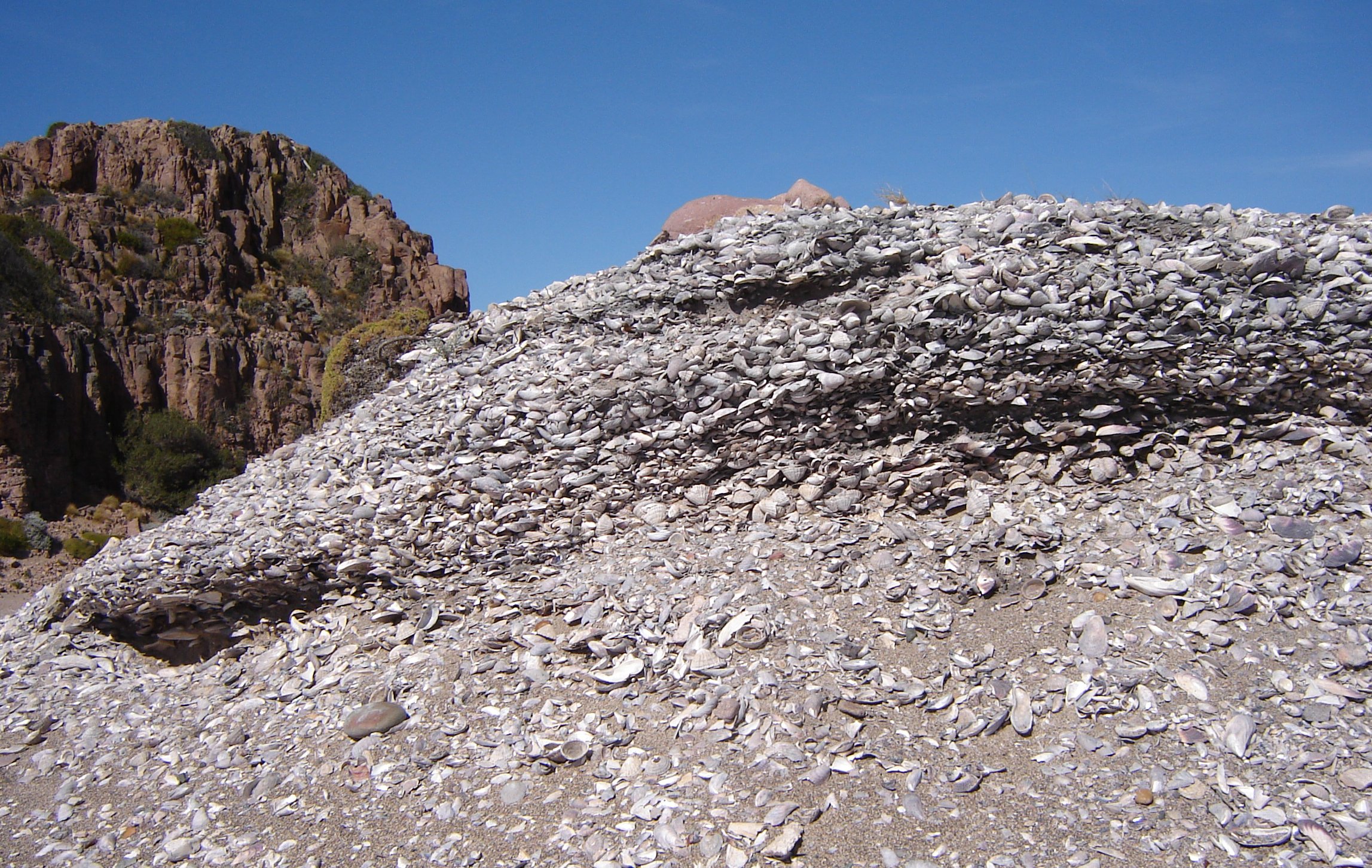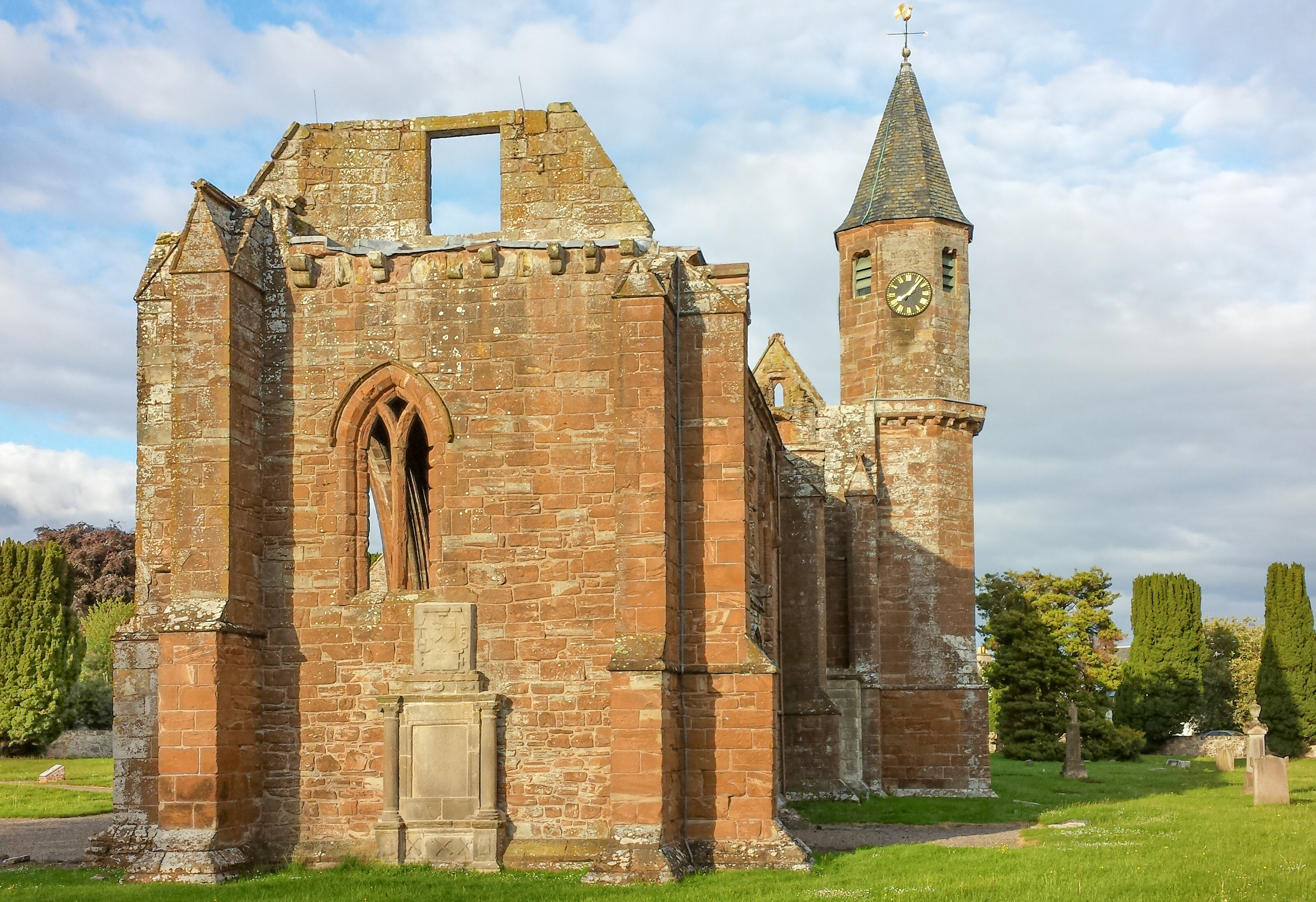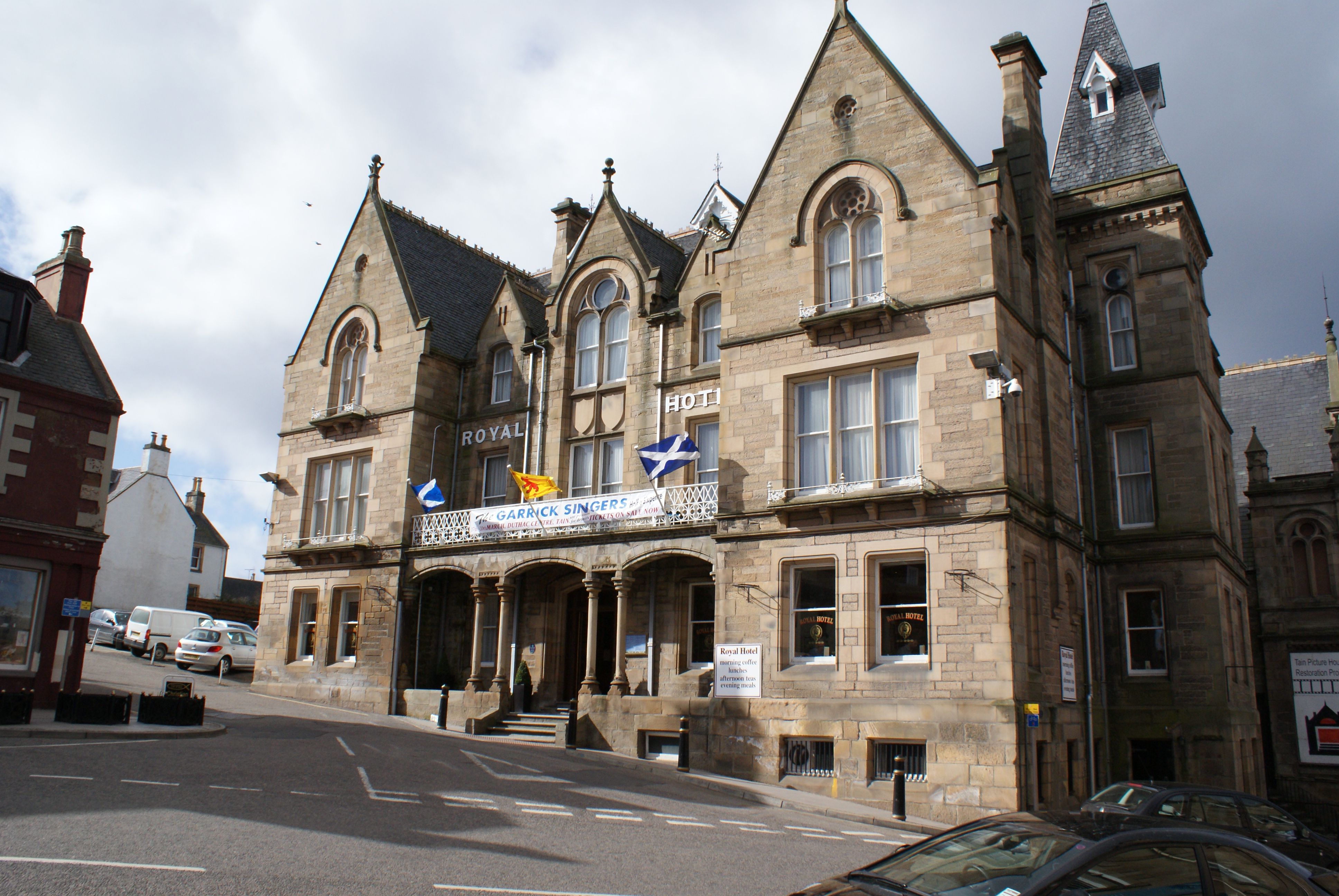|
Ross, Scotland
Ross () is an area of Scotland. It was first recorded in the tenth century as a province. It was claimed by the Scottish crown in 1098, and from the 12th century Ross was an earldom. From 1661 there was a county of Ross, also known as Ross-shire, covering most but not all of the province, in particular excluding Cromartyshire. Cromartyshire was subsequently merged with the county of Ross in 1889 to form the county of Ross and Cromarty. The area is now part of the Highland council area. The western and eastern parts of Ross are known as Wester Ross and Easter Ross. Wester Ross is sparsely populated, containing part of the Northwest Highlands mountains and having extensive sea lochs along its coast onto the Minch. Easter Ross has a coast onto the Moray Firth. Ross's main towns are Dingwall (which was the county town of Ross-shire), Cromarty, Fortrose, Invergordon and Tain, all of which lie on its eastern coast. Cromarty and Fortrose are on the Black Isle peninsula. Ross ... [...More Info...] [...Related Items...] OR: [Wikipedia] [Google] [Baidu] |
Ross (district)
Ross may refer to: People and fictional characters * Ross (name), including a list of people and fictional characters with the surname or given name Ross, as well as the meaning * Clan Ross, a Highland Scottish clan Places Antarctica * Ross Sea * Ross Ice Shelf * Ross Dependency * Ross Island Ireland *"Ross", a common nickname for County Roscommon * Ross, County Mayo, a townland bordering Moyne Townland * Ross, County Westmeath, a townland in Noughaval civil parish * Diocese of Ross (Ireland), West Cork United Kingdom * Ross, Northumberland, England, a village * Ross, Scottish Borders, a hamlet * Ross-on-Wye, England * Ross, Scotland, a region of Scotland and former earldom * County of Ross, Scotland * Diocese of Ross (Scotland) United States * Ross, Arkansas, an unincorporated community * Ross, California, a town * Ross, Indiana, an unincorporated community * Ross, Iowa, an unincorporated community * Ross, Minnesota, an unincorporated community * Ross, North Dakota, ... [...More Info...] [...Related Items...] OR: [Wikipedia] [Google] [Baidu] |
Dingwall
Dingwall (, ) is a town and a royal burgh in the Highland (council area), Highland council area of Scotland. It has a population of 5,491. It was an east-coast harbour that now lies inland. Dingwall Castle was once the biggest castle north of Stirling. On the town's present-day outskirts lies Tulloch Castle, parts of which may date back to the 12th century. In 1411 the Battle of Dingwall is said to have taken place between the Clan Mackay and the Clan Donald. History Early history Its name, derived from the Scandinavian (field or meeting-place of the ''thing (assembly), thing'', or local assembly; compare Tynwald, Tingwall (other), Tingwall, Thingwall in the British Isles alone, plus many others across northern Europe), preserves the Viking connections of the town; Gaels call it (), meaning "the mouth of the Peffery" or meaning "cabbage town". The site of the , and of the medieval Moothill, thought to have been established by the Vikings after they invaded in ... [...More Info...] [...Related Items...] OR: [Wikipedia] [Google] [Baidu] |
Midden
A midden is an old dump for domestic waste. It may consist of animal bones, human excrement, botanical material, mollusc shells, potsherds, lithics (especially debitage), and other artifacts and ecofacts associated with past human occupation. These features provide a useful resource for archaeologists who wish to study the diets and habits of past societies. Middens with damp, anaerobic conditions can even preserve organic remains in deposits as the debris of daily life are tossed on the pile. Each individual toss will contribute a different mix of materials depending upon the activity associated with that particular toss. During the course of deposition sedimentary material is deposited as well. Different mechanisms, from wind and water to animal digs, create a matrix which can also be analysed to provide seasonal and climatic information. In some middens individual dumps of material can be discerned and analysed. Shells A shell midden or shell mound is an arc ... [...More Info...] [...Related Items...] OR: [Wikipedia] [Google] [Baidu] |
Orkney
Orkney (), also known as the Orkney Islands, is an archipelago off the north coast of mainland Scotland. The plural name the Orkneys is also sometimes used, but locals now consider it outdated. Part of the Northern Isles along with Shetland, Orkney is 10 miles (16 km) north of Caithness and has about 70 islands, of which 20 are inhabited.Haswell-Smith (2004) pp. 336–403. The largest island, the Mainland, Orkney, Mainland, has an area of , making it the List of islands of Scotland, sixth-largest Scottish island and the List of islands of the British Isles, tenth-largest island in the British Isles. Orkney's largest settlement, and also its administrative centre, is Kirkwall. Orkney is one of the 32 Subdivisions of Scotland, council areas of Scotland, as well as a Orkney (Scottish Parliament constituency), constituency of the Scottish Parliament, a Lieutenancy areas of Scotland, lieutenancy area, and an counties of Scotland, historic county. The local council is Orkney I ... [...More Info...] [...Related Items...] OR: [Wikipedia] [Google] [Baidu] |
Old Norse Language
Old Norse, also referred to as Old Nordic or Old Scandinavian, was a stage of development of North Germanic dialects before their final divergence into separate Nordic languages. Old Norse was spoken by inhabitants of Scandinavia and their overseas settlements and chronologically coincides with the Viking Age, the Christianization of Scandinavia, and the consolidation of Scandinavian kingdoms from about the 8th to the 15th centuries. The Proto-Norse language developed into Old Norse by the 8th century, and Old Norse began to develop into the modern North Germanic languages in the mid- to late 14th century, ending the language phase known as Old Norse. These dates, however, are not precise, since written Old Norse is found well into the 15th century. Old Norse was divided into three dialects: Old West Norse (Old West Nordic, often referred to as ''Old Norse''), Old East Norse (Old East Nordic), and Old Gutnish. Old West Norse and Old East Norse formed a dialect continu ... [...More Info...] [...Related Items...] OR: [Wikipedia] [Google] [Baidu] |
Goidelic
The Goidelic ( ) or Gaelic languages (; ; ) form one of the two groups of Insular Celtic languages, the other being the Brittonic languages. Goidelic languages historically formed a dialect continuum stretching from Ireland through the Isle of Man to Scotland. There are three modern Goidelic languages: Irish ('), Scottish Gaelic ('), and Manx ('). Manx died out as a first language in the 20th century but has since been revived to some degree. Nomenclature ''Gaelic'', by itself, is sometimes used to refer to Scottish Gaelic, especially in Scotland, and therefore is ambiguous. Irish and Manx are sometimes referred to as Irish Gaelic and Manx Gaelic (as they are Goidelic or Gaelic languages), but the use of the word ''Gaelic'' is unnecessary because the terms Irish and Manx, when used to denote languages, always refer to those languages. This is in contrast to Scottish Gaelic, for which "Gaelic" distinguishes the language from the Germanic language known as Scots. In Englis ... [...More Info...] [...Related Items...] OR: [Wikipedia] [Google] [Baidu] |
Presbytery Of Ross
The Presbytery of Ross is one of the forty-six presbyteries of the Church of Scotland, served by the local presbytery for Ross and Cromarty. It was part of the Synod of Ross, Sutherland and Caithness until synods were abolished in the early 1990s. The Presbytery represents and supervises 21 Church of Scotland congregations within the area, a significant increase since 1693, when the Presbytery of Ross and Sutherland had only four Presbyterian ministers. It meets monthly and comprises Ministers and Elders of the member churches. Records of the Presbytery of Ross go back to at least 1693. In its modern incarnation, the Presbytery of Ross was the result of the mergers of the Presbytery of Tain (which may have been in existence as early as 1588, although its own records are extant only from 1706) and the Presbytery of Chanonry and Dingwall in 1981. In 2016, the Presbytery made history when a husband and wife were simultaneously ordained as ministers, a first for the Church of Scotl ... [...More Info...] [...Related Items...] OR: [Wikipedia] [Google] [Baidu] |
Church Of Scotland
The Church of Scotland (CoS; ; ) is a Presbyterian denomination of Christianity that holds the status of the national church in Scotland. It is one of the country's largest, having 245,000 members in 2024 and 259,200 members in 2023. While membership in the church has declined significantly in recent decades (in 1982 it had nearly 920,000 members), the government Scottish Household Survey found that 20% of the Scottish population, or over one million people, identified the Church of Scotland as their religious identity in 2019. In the 2022 census, 20.4% of the Scottish population, or 1,108,796 adherents, identified the Church of Scotland as their religious identity. The Church of Scotland's governing system is Presbyterian polity, presbyterian in its approach, therefore, no one individual or group within the church has more or less influence over church matters. There is no one person who acts as the head of faith, as the church believes that role is the "Lord God's". As a pro ... [...More Info...] [...Related Items...] OR: [Wikipedia] [Google] [Baidu] |
Fortrose Cathedral
Fortrose Cathedral was the Cathedral, episcopal seat (''cathedra'') of the Christianity in medieval Scotland, medieval Scottish Diocese of Ross (Scotland), diocese of Ross in the Highland region of Scotland near the city of Inverness. It is probable that the original site of the diocese was at Rosemarkie, but by the 13th century the canon (priest), canons had relocated a short distance to the south-west, to the site known as Fortrose or Chanonry. According to Gervase of Canterbury, in the early 13th century the cathedral of Ross was manned by ''Céli Dé'' (culdees). Chapter and prebends The cathedral had twenty-one prebends involving the income of thirty-one churches. After the reconstruction of the cathedral chapter in the 1250s, the Bishop of Ross (Scotland), bishop of Ross held Nigg, Highland, Nigg and Tarbat, the archdeacon of Ross Fodderty and Killearnan (previously holding Lemlair and Logie Bride too), the Dean (Christianity), dean Ardersier and Kilmuir, Easter Ross, Kilmu ... [...More Info...] [...Related Items...] OR: [Wikipedia] [Google] [Baidu] |
Diocese Of Ross (Scotland)
The Diocese of Ross was an ecclesiastical territory or diocese in the Highland region of Scotland during the Middle Ages and Early modern period. The Diocese was led by the Bishop of Ross, and the cathedral was, latterly, at Fortrose. The bishops of the Early Church were located at Rosemarkie. The diocese had only one Archdeacon, the Archdeacon of Ross, first attested in 1223 with the appearance of Archdeacon Robert, who was consecrated bishop of Ross on 21 June 1249 x 20 June 1250. There is only one known Dean of Christianty (''sic'') ( rural dean), one Donald Reid called the dean of christianty of Dingwall on 12 June 1530. A dean of the cathedral chapter (Henry) is first recorded in 1212 x 1213; a Subdean (William de Balvin) in 1356. A Precentor, sometimes in Scotland called Chanter, (Adam de Darlington) is attested in 1255, a Succentor (Matthew) in 1255. A Chancellor (Maurice) is attested for the first time in 1212 x 1213, a Treasurer (William) in 1227. Following ... [...More Info...] [...Related Items...] OR: [Wikipedia] [Google] [Baidu] |
Black Isle
The Black Isle (, ) is a peninsula within Ross and Cromarty, in the Scottish Highlands. It includes the towns of Cromarty and Fortrose, and the villages of Culbokie, Resolis, Jemimaville, Rosemarkie, Avoch, Munlochy, Tore, and North Kessock, as well as numerous smaller settlements. About 12,000 people live on the Black Isle, depending on the definition. It contains the civil parishes of Killearnan, Knockbain, Avoch, Rosemarkie, Cromarty, Resolis, and Urquhart. Ordnance Gazetteer of Scotland, ed.Francis H. Groome, publ. Thomas C. Jack, Grange Publishing Works, Edinburgh, 1885; Vol 1, p. 162 These parishes had a total population of 12,302 at the 2011 census. Census of Scotland 2011, Table KS101SC Usually Resident Population, publ. by National Records of Scotland. Web site www.scotlandscensus.gov.uk/ retrieved April 2021. See "Standard Outputs", Table KS101SC, Area type: Civil Parish The northern slopes of the Black Isle offer fine views of Dingwall, Ben Wyvis, ... [...More Info...] [...Related Items...] OR: [Wikipedia] [Google] [Baidu] |
Tain
Tain ( ) is a royal burgh and parish in the County of Ross, in the Scottish Highlands, Highlands of Scotland. Etymology The name derives from the nearby River Tain, the name of which comes from an Indo-European root meaning 'flow'. The Gaelic name, ''Baile Dubhthaich'', means 'Duthac's town', after a local saint also known as Saint Duthac, Duthus. History Tain was granted its first royal charter in 1066, making it Scotland's oldest royal burgh, commemorated in 1966 with the opening of the Rose Garden by Elizabeth Bowes-Lyon, Queen Elizabeth, the Queen Mother. The 1066 charter, granted by King Malcolm III of Scotland, Malcolm III, confirmed Tain as a sanctuary, where people could claim the protection of the church, and an immunity, in which resident merchants and traders were exempt from certain taxes. Little is known of earlier history although the town owed much of its importance to Duthac. He was an early Christian figure, perhaps 8th or 9th century, whose shrine had become s ... [...More Info...] [...Related Items...] OR: [Wikipedia] [Google] [Baidu] |






